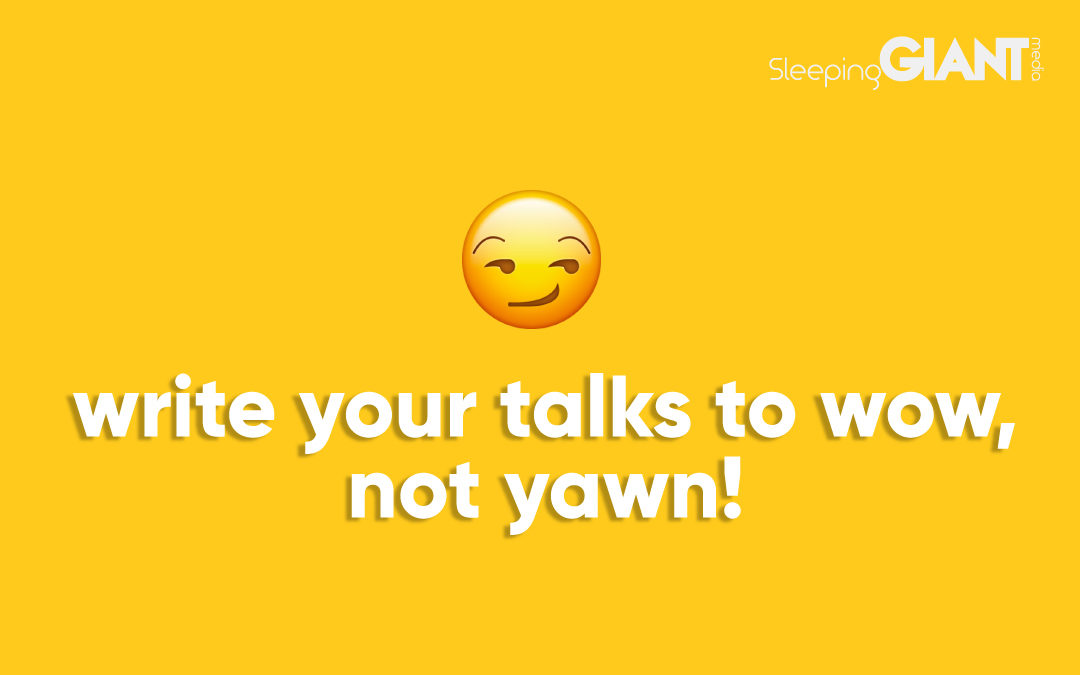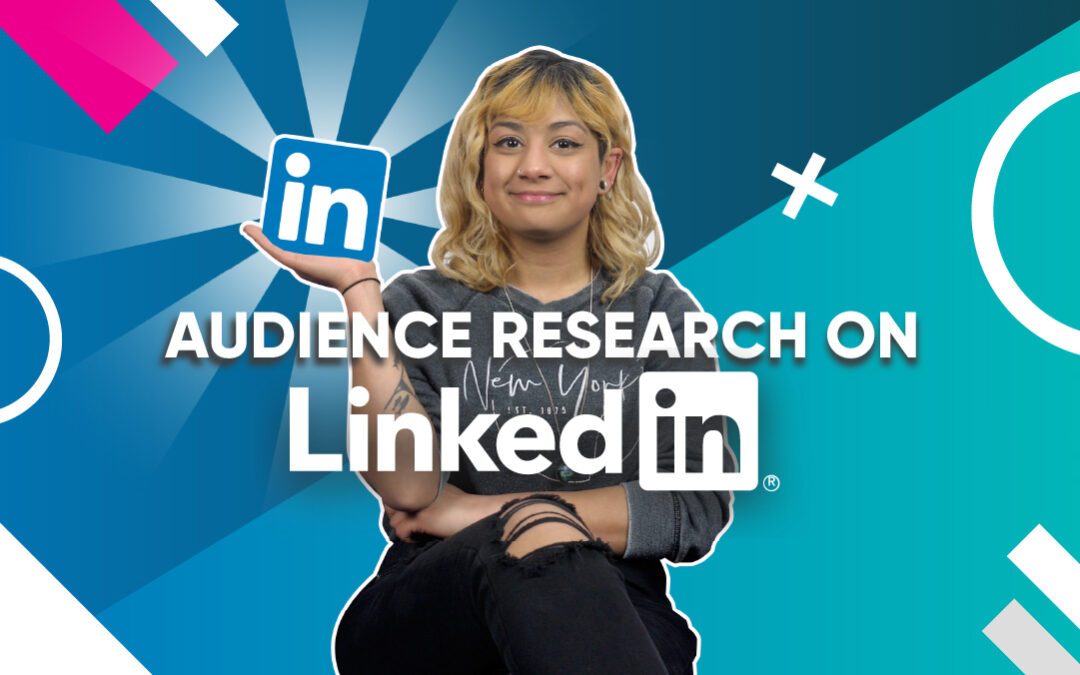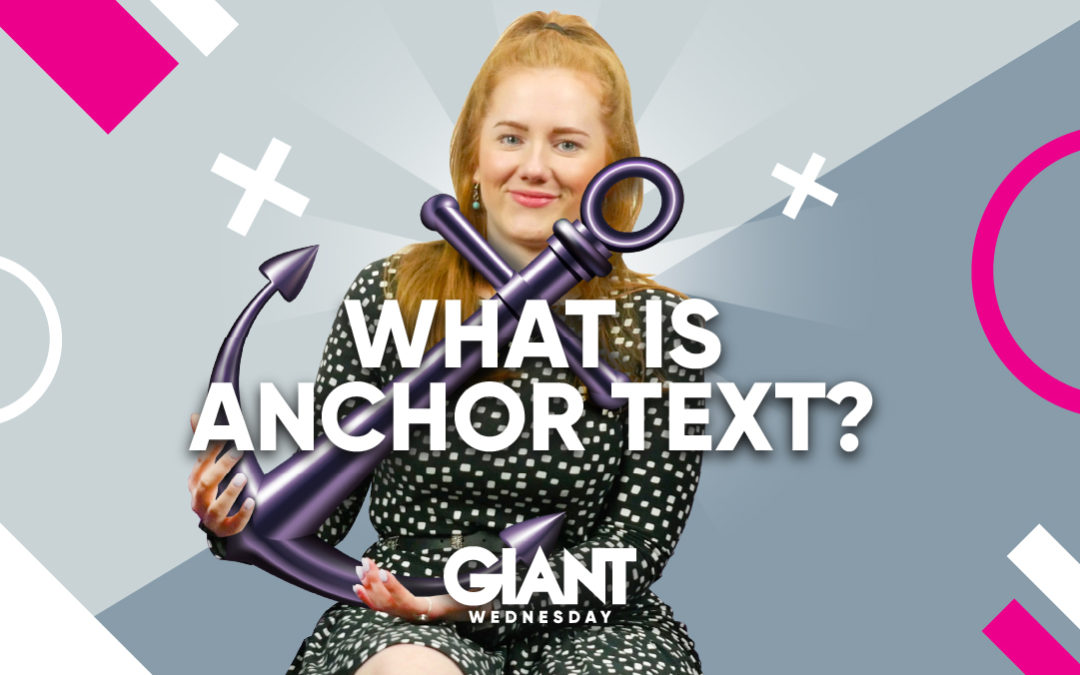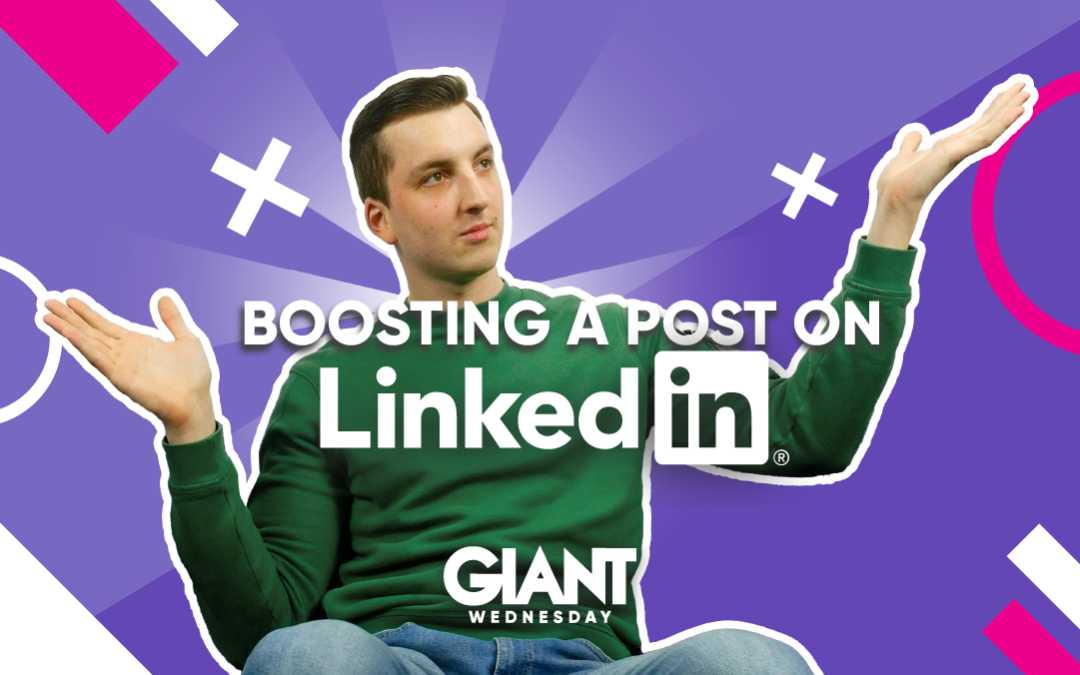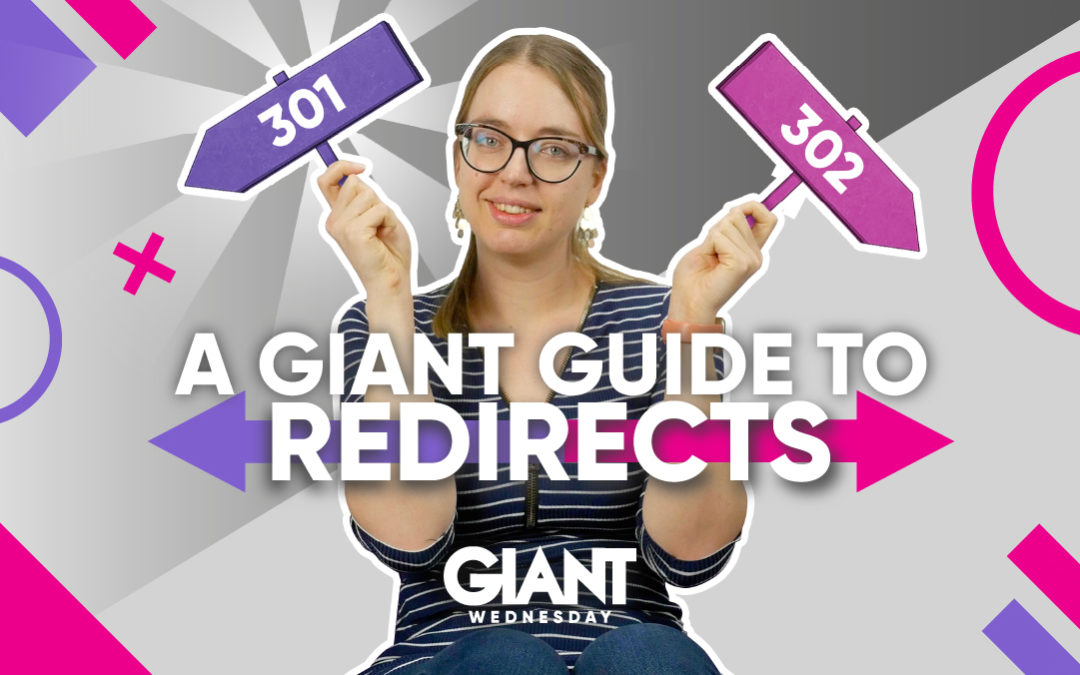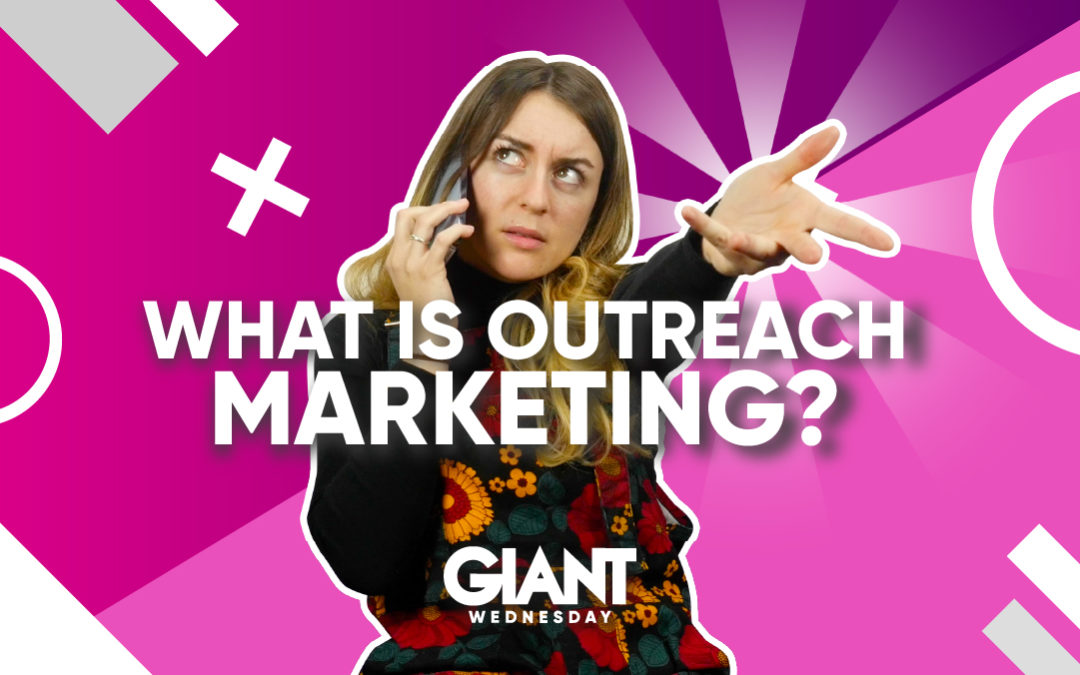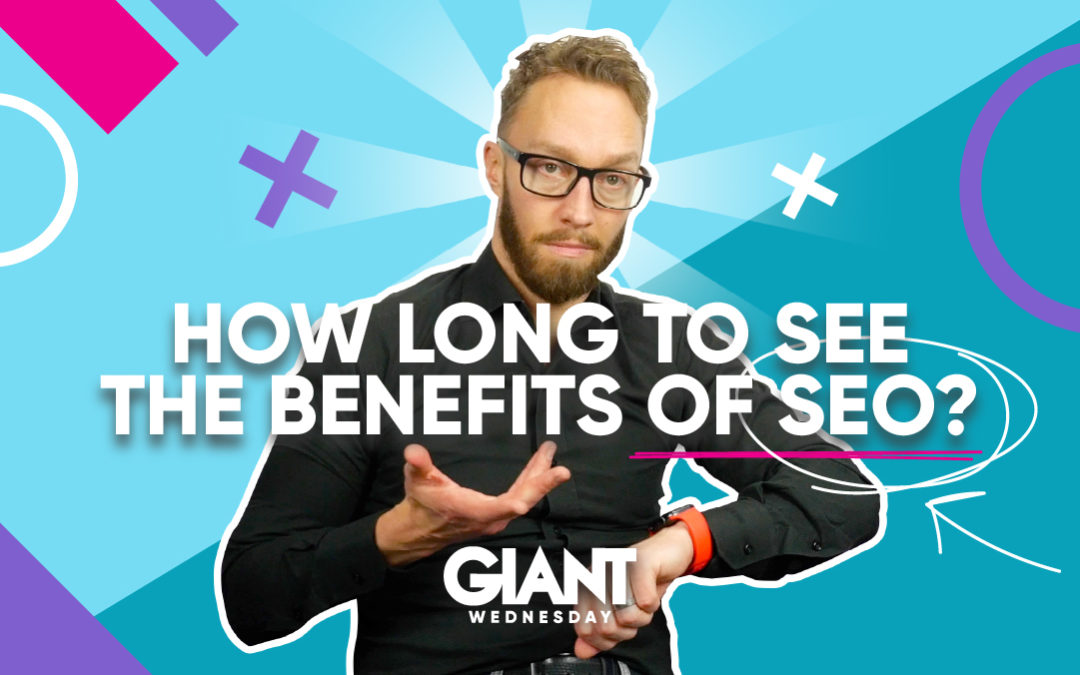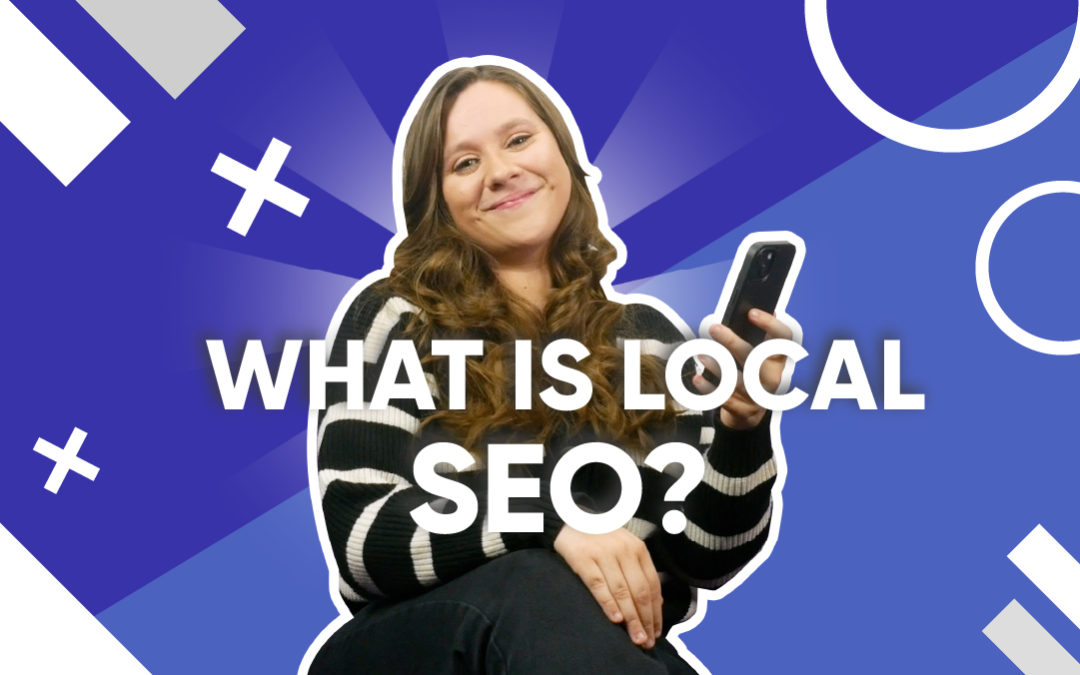
What is Local SEO?
What is Local SEO?
What is Local SEO?
Digital Marketing, technology & business insights, how to’s and explainer videos, released on a Wednesday. Make sure to subscribe to be notified and sign up to our mailing list! 🎥
See below, the transcript from this episode of Giant Wednesday if videos aren’t your preferred method to consume digital skills. See also the Giant Cheat Sheet from this episode.
If you want to know more, get in touch today 😎
When customers search for the best products and services near them, they want those answers FAST.
Making sure your business shows up when customers are looking locally is super important and that’s why I, Lizzi, will be taking you through the wonders of Local SEO in this episode of Giant Wednesday.
So to kick us off, let’s define it…
What does Local SEO mean?
Local SEO is a form of search engine optimisation that focuses on optimising a website to be found for local-themed search results.
For example, when someone searches for ‘hairdressers near me’ they’ll want to see ones within a few miles of their location – won’t they? Not at the other end of the country!
Google knows the location of the searcher through allowances they’ve made in their browser and search engine, and they’ll know the location of your business through a series of localised optimisation techniques.
Why is Local SEO important?
Many years ago, local SEO wasn’t so much at the forefront of our minds, because people could only search for stuff on their home computers. But the game completely changed when everyone started using their phones to search when out and about.
Data from Stat Counter shows that mobile users made up 6% of all web traffic in 2011, but this has shot up to 56% in 2022 – and it’s still rising!
Thanks to local SEO, people can go into any town, pull up a search for pretty much anything ‘near me’, and are guaranteed to find what they’re looking for.
But it’s then up to you, as a business, to make sure you’re appearing in those results.
So,
How do I optimise my site for Local SEO?
With Local SEO, it’s all about making sure the search engines and the users know where you are, the services you offer and the areas you service.
Ways you can do this include:
Setting up and optimising a Google Business Profile
This is something I’ve covered in a previous episode, but it’s really important to have a relevant, up-to-date listing like this through Google.
It’s all free, and it’s the modern-day equivalent of the Yellow Pages – remember those days?!
Make local-themed content on your website
This is all about making sure you mention your location on your website.
Location-based keywords, as well as ones that relate to your product or service.
For example… If you sell seashells on Folkestone sea shore then make sure you mention ‘Folkestone’ a fair few times.
These mentions of location and services should be in the metadata, such as page titles, meta descriptions and headings.
And they should also be included in the functional and creative copy, so the service pages you have for your products, and any blogs you write to boost visibility online.
Online Citations
A citation is, essentially, any mention of your business online.
This could be through online directories such as Yell, but also on partner websites, local council pages and more.
In order to use these to boost your Local SEO, you want to make sure your details: business name, address and phone number, are consistent across all listings.
This might involve a bit of communicating, but this consistency and continuity demonstrate to search engines that you’re the real deal and worth shouting about.
It’s also a great customer service touchpoint.
Localise your social media
Including your location in your social media accounts is another fantastic tick in the box for local SEO.
Consider it another type of citation, as well as a credible source for potential customers to check out who you are.
Just make sure you keep it up to date and are regular with your posting.
You get the gist, it’s all about quite literally letting the robots and the people know where you are, so when someone searches for something ‘near me’ or in a certain town or location, you’ll appear!
Sign Up For Giant Wednesday In Your Inbox
Use the form below to sign up and we'll send you fortnightly update emails when a new episode of Giant Wednesday is launched.
Want results like these?
So, you’ve seen how we do it — and you know what we’re capable of. If your brand or business could benefit from results like these, get in touch with us today to unleash your potential.
Follow Us
Sign Up For More
Stay up to date with the latest happenings, learnings, events & more with our GIANT Newsletters.
Contact Us
Top Floor, The Civic Centre, Castle Hill Avenue, Folkestone CT20 2QY.
Copyright © 2022 Sleeping Giant Media. All Rights Reserved.

